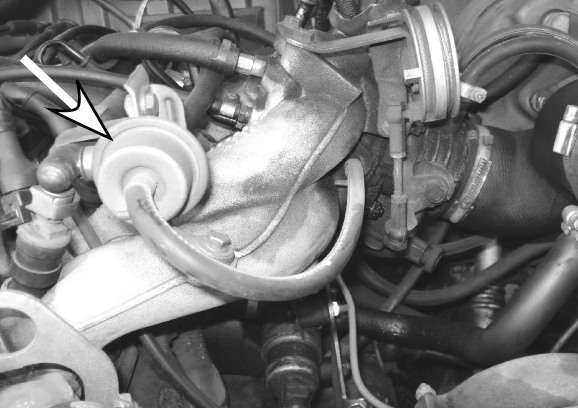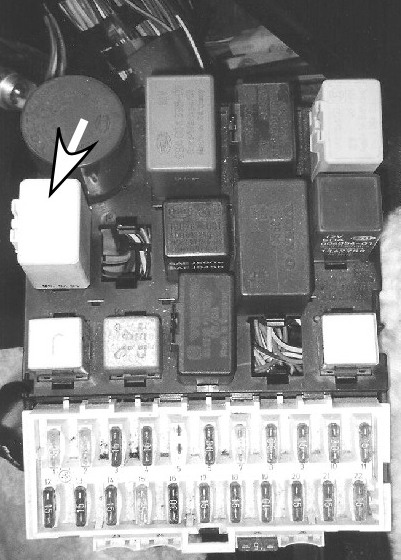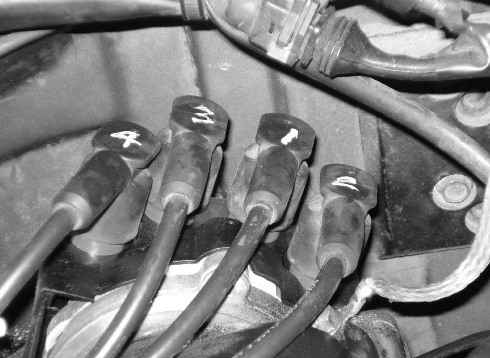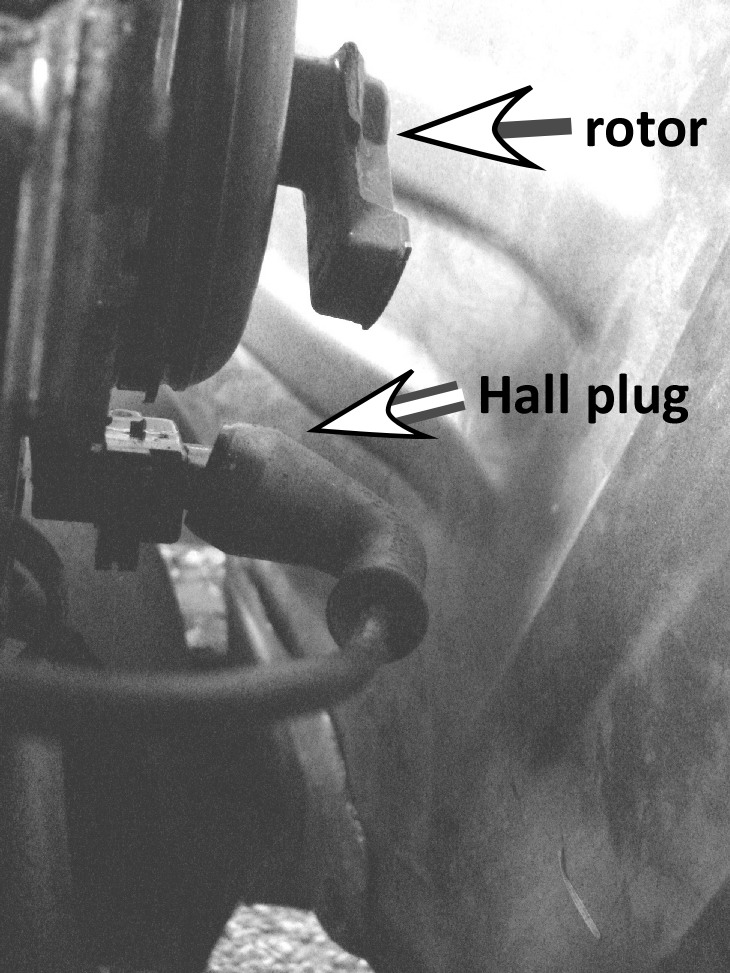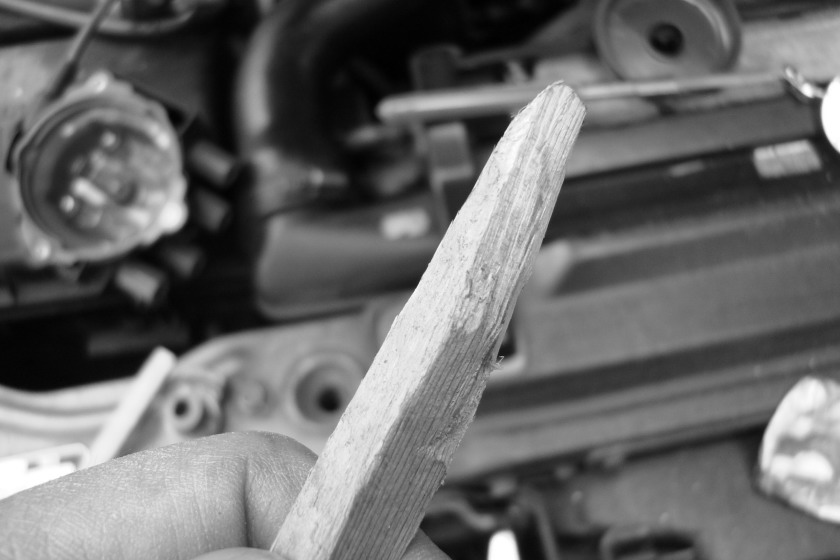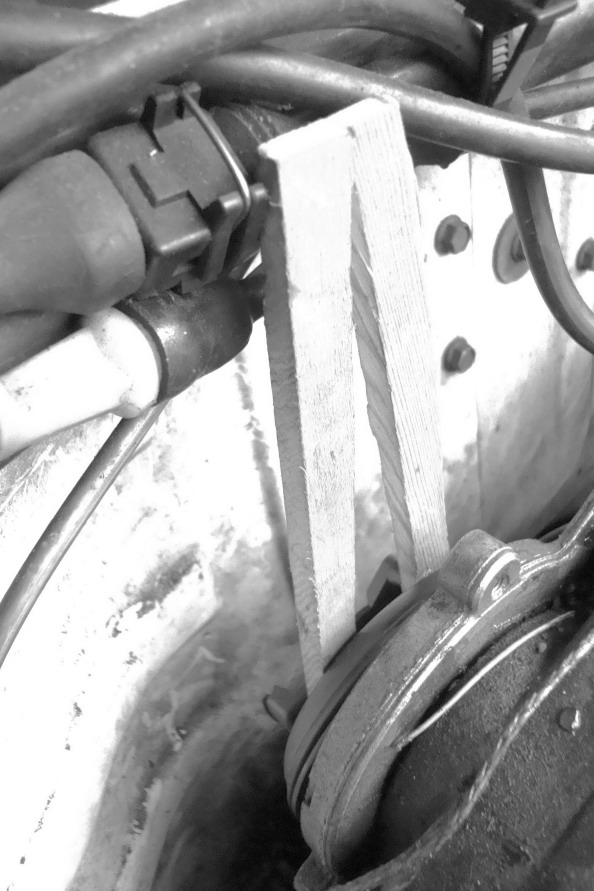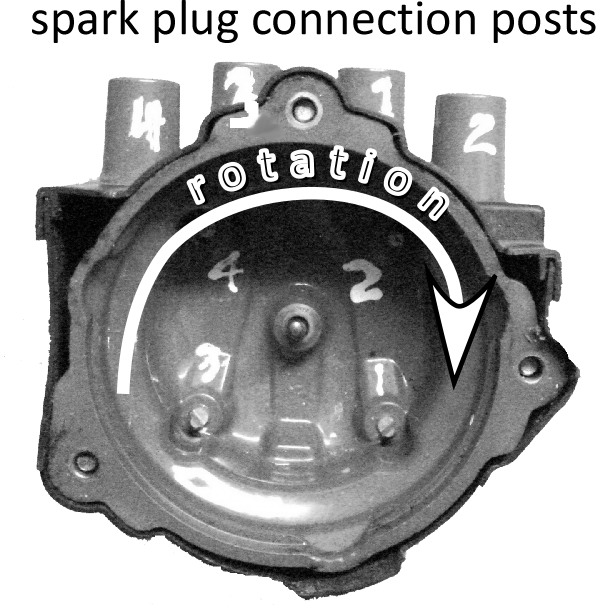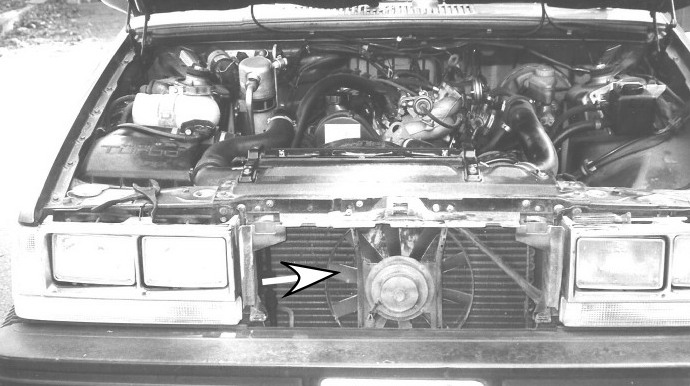
Well, I lived with that sound for years, even changing out the front wheel bearings before I figured it out. It was the intercooler fan (also known as the air-conditioning fan in some manuals) in front of the intercooler (left, arrow, grille removed). The inner keyway, if I remember correctly, had worn away on the fan center housing so that it was no longer locked to the spline on the rotating shaft (bottom left). So, the fan was running independently of the shaft and making noises. Once I replaced it with a good scrapyard fan, the noise stopped.
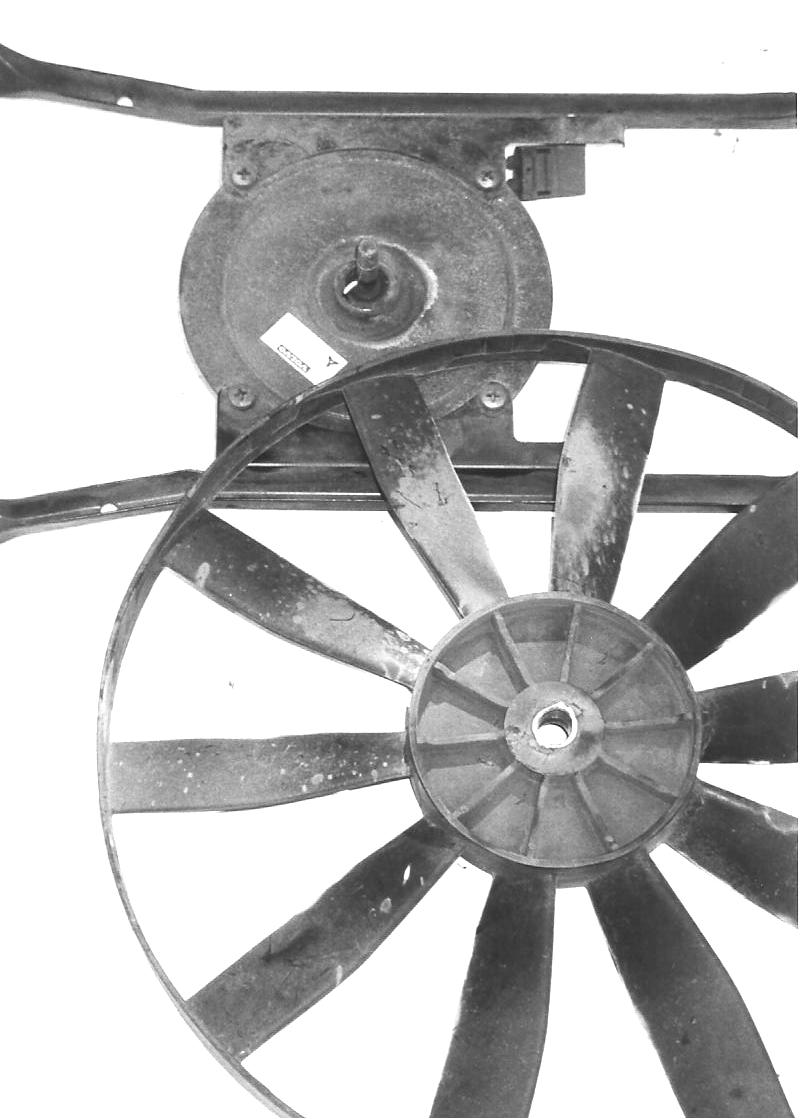
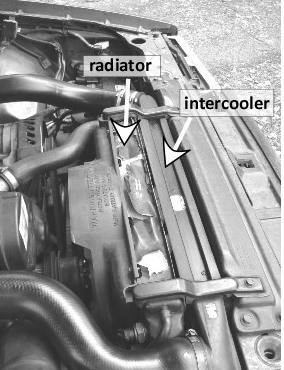
Turbochargers, driven by exhaust gases, increase engine power and efficiency by forcing air into the intake manifold under pressure. Set between the turbocharger and intake manifold is the intercooler. The intercooler acts as a heat exchanger to cool the compressed (heated) air from the turbocharger, thus reducing the risk of detonation. After all, in a gasoline engine, detonation is supposed to be initiated from a spark rather than from superheated air, as in a diesel engine.
